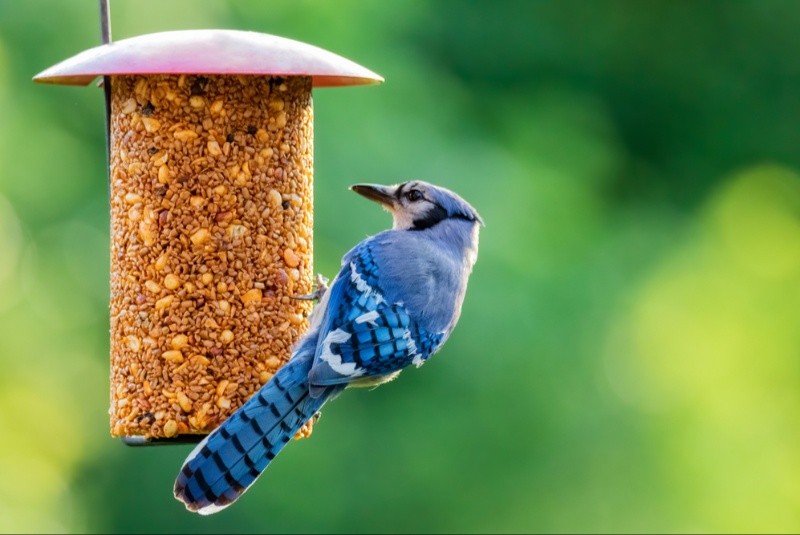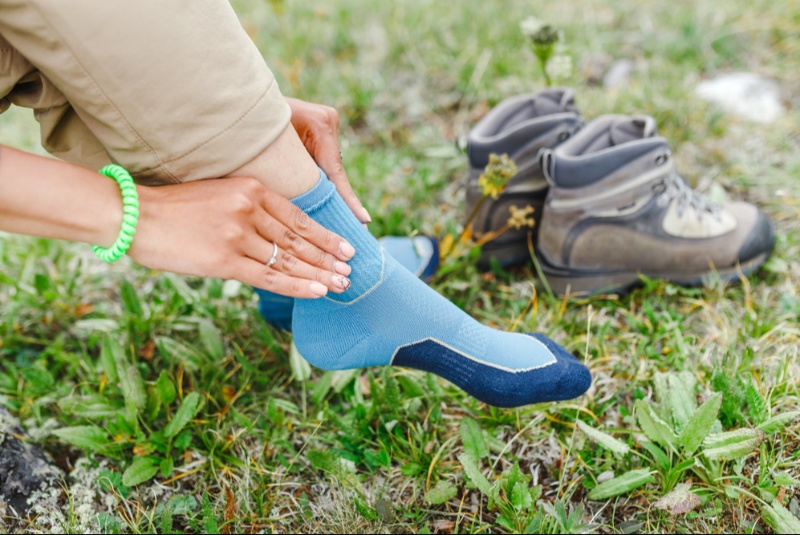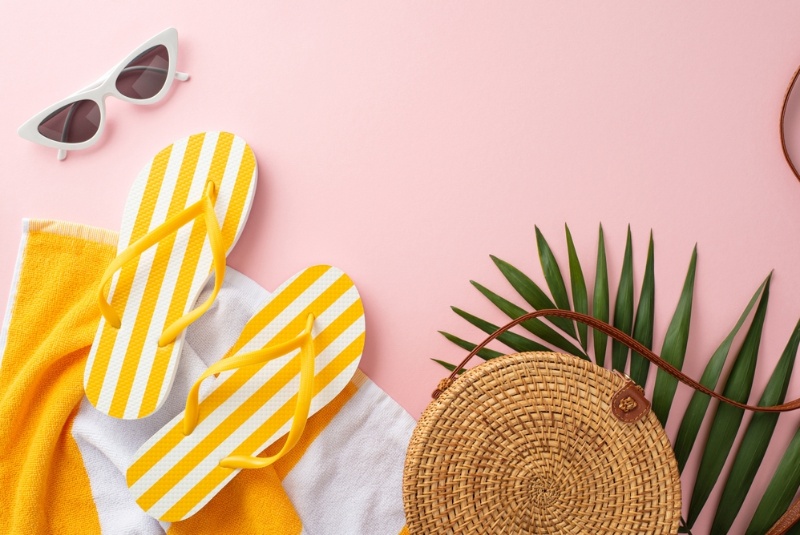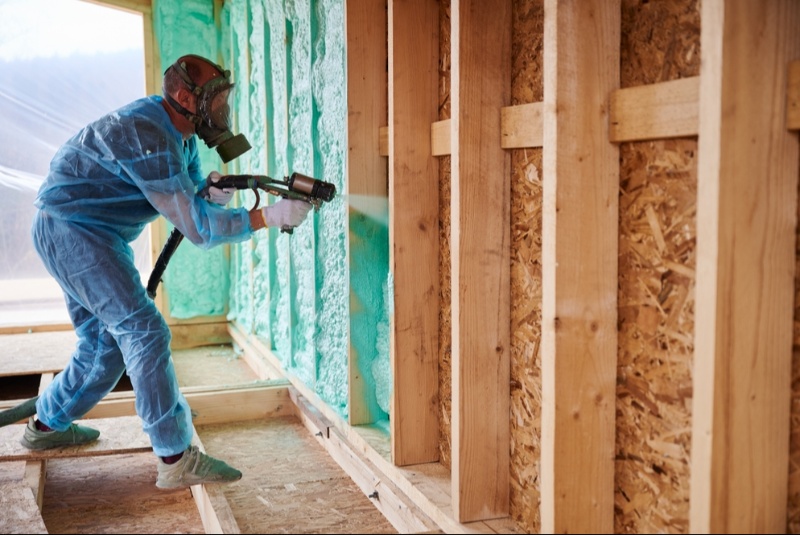The warmth of summer not only invites outdoor activities for humans but also heralds a vibrant period of activity for many bird species. Setting up a bird feeder during these months can greatly enhance your enjoyment of observing these colorful visitors and provide essential support during their most active season. From selecting the right types of feeders and foods to understanding placement and maintenance, this guide offers comprehensive advice on creating an inviting and safe environment for birds. By equipping yourself with the knowledge to properly cater to these feathered friends, you can turn your garden into a bustling hub of avian activity.
Understanding Bird Feeding in Summer
Feeding birds in the summer is different from other seasons due to the heat, increased bird activity, and the presence of fledglings. Birds require more energy during these months due to breeding and rearing young, making your feeder a crucial pit stop on their daily journeys. However, the heat can cause food to spoil faster, necessitating more frequent maintenance of the feeders. Understanding these seasonal nuances is essential for anyone looking to support their local bird populations effectively. This section will guide you through adapting your feeding practices to meet the heightened demands of summer while ensuring the safety and health of both adult birds and their chicks.
Types of Bird Feeders
Selecting the right type of bird feeder is pivotal in attracting a diverse range of birds to your yard. Tube feeders are perfect for dispensing seed and preventing large birds from monopolizing the feed, thus catering primarily to smaller species like finches and chickadees. Platform feeders appeal to a wide variety of birds but require frequent cleaning due to their open nature. Window feeders provide personal bird watching opportunities up close and personal without taking up yard space. For those interested in attracting woodpeckers or nuthatches, suet feeders provide high-energy food ideal for their dietary needs. Understanding the advantages of each type will help you cater to the specific bird species prevalent in your area during summer.
Choosing the Right Food for Summer Bird Feeding
The choice of food offered can significantly impact the variety of birds that visit your feeder. During the summer months, when birds are most active and have higher energy needs, it is crucial to provide nutrient-rich foods that support their dietary requirements. Black oil sunflower seeds attract a wide range of birds and are easy for them to handle and crack. Mealworms offer a high-protein snack crucial for young birds and breeding adults. Fruits like oranges and apples can attract specific species like orioles and provide a refreshing treat. Steering clear of bread and other low-nutrient foods ensures that you are not harming birds’ health while trying to attract them.
Placement and Installation Tips for Bird Feeders
Strategically placing your bird feeder can significantly enhance its effectiveness in attracting birds. Positioning feeders near natural shelter such as trees or shrubs can provide birds with necessary cover from predators, making them feel safer while feeding. It's important to keep feeders out of reach from squirrels and other pests, potentially using specialized poles or baffles to prevent access. Consider the sightlines to your feeders; placing them where you can easily view them from a window can increase your enjoyment of bird watching. Ensuring that feeders are placed at a height that mimics their natural feeding patterns will make them more attractive to passing birds.

Maintaining and Cleaning Your Feeders
To ensure that your bird feeders do not become sources of disease or unattractiveness, regular cleaning and maintenance are vital. The summer heat can accelerate the spoilage of food, leading to the growth of mold and bacteria which can be harmful to birds. Thorough weekly cleanings with a diluted bleach solution can prevent these issues and keep the feeders welcoming for birds. Checking for and repairing any damage or wear to feeders also helps in maintaining their attractiveness and functionality. This regular upkeep not only helps in attracting a consistent avian audience but also ensures their health and safety while feeding in your yard.
Bird Bath Basics: Providing Water for Birds
Adding a bird bath to your yard complements your feeding efforts by meeting the birds' hydration needs, especially critical during the hot summer months. A bird bath not only attracts a wider variety of bird species but also provides vital relief during heatwaves. Placing the bath in a shaded area helps keep the water cooler and reduces evaporation, ensuring it remains available throughout the day. Regular cleaning to prevent algae buildup and ensure the water is fresh and appealing is crucial, much like the maintenance required for feeders. This additional water source can make your yard a favorite spot among the local bird population.
Dealing with Pests and Predators
Attracting birds to your garden can unfortunately also attract unwanted visitors like squirrels, cats, and even larger predators. Implementing strategies to combat these challenges is crucial for maintaining a safe feeding environment. Using squirrel-proof feeders or placing them in inaccessible spots helps prevent theft of bird food. Monitoring the area for predatory animals and taking measures such as placing feeders away from low cover can reduce the risk to feeding birds. Being proactive in managing these risks ensures that your bird feeders can continue to be safe havens for birds throughout the summer.
The Role of Landscaping in Attracting Birds
Enhancing your yard with native plants not only beautifies the space but also creates a more enticing environment for birds. Native flora attracts native insects, which are a natural food source for many birds, and provides natural nesting materials and spaces. These plants typically require less maintenance and water than non-native varieties, making them an environmentally sustainable choice for your garden. Integrating these plants into your landscape design can turn your garden into a thriving ecosystem that supports local wildlife, including the birds you enjoy watching.
Setting up and maintaining a thoughtful bird feeding station can transform your garden into a lively and colorful bird sanctuary. By selecting the appropriate feeders and foods, strategically placing and maintaining them, and complementing them with a bird bath and supportive landscaping, you can enjoy the delights of bird watching while contributing positively to the local ecosystem. Summer is the perfect time to start this gratifying hobby, and with the right preparations, you can look forward to seasons filled with the joys of feathered visitors.




